Tenderize Like a Pro: The Ultimate Guide to Perfectly Tender Meat
Achieving tender, perfectly cooked meat is a culinary art mastered by professional chefs and home cooks alike. Whether you’re preparing a succulent steak, tenderizing tough cuts for slow-cooking, or elevating your grilling game, understanding the techniques and tools for tenderizing meat is essential. This ultimate guide will equip you with the knowledge, tips, and methods to tenderize like a pro, ensuring that every meal you prepare provides a delectable, melt-in-your-mouth experience.
From marinating and brining to using specialized tenderizing tools, this comprehensive guide will cover everything you need to know to achieve tender meat perfection. With a deep dive into the science behind tenderizing techniques and practical tips for different cuts of meat, you’ll be empowered to unlock the full potential of your culinary creations. Whether you’re a seasoned chef or an enthusiastic home cook, mastering the art of tenderizing meat is sure to take your dishes to a new level of deliciousness.
To ensure perfectly tender meat, it is essential to understand the texture and tenderness of different cuts. Meat texture is determined by the composition and structure of the muscle fibers, connective tissues, and fat. Lean cuts, such as sirloin or round, generally have a coarser texture compared to fattier cuts like ribeye or T-bone steaks. Understanding these differences allows for better handling and preparation techniques to achieve the desired tenderness.
Tenderness, on the other hand, is greatly influenced by the type of muscle and the amount of connective tissue present. Muscles that are more actively used by the animal, such as the shoulder and leg muscles, tend to have more connective tissue and can be tougher. Conversely, cuts from less-used muscles, like the tenderloin, are naturally more tender. Recognizing these differences is crucial for selecting the right cooking method and incorporating tenderizing techniques.
By familiarizing yourself with the texture and tenderness of different cuts, you can make informed choices when selecting and preparing meat, ensuring a delightful dining experience every time.
Tips For Choosing The Right Cuts Of Meat
When choosing the right cuts of meat for tenderizing, it’s crucial to consider the type of meat and its inherent tenderness. Opt for cuts with higher marbling, which refers to the distribution of fat within the muscle. Look for well-marbled cuts such as ribeye or strip loin for beef, as the intramuscular fat can contribute to a more tender and flavorful result. Similarly, for pork, cuts like pork shoulder, pork belly, or pork tenderloin are excellent choices due to their marbling and tenderness.
Another factor to consider is the muscle groups of the animal. For beef, cuts from less worked muscles such as the tenderloin, rib, or sirloin generally offer a more tender texture, while tougher cuts like chuck or round may require more intensive tenderizing methods. Likewise, in pork, cuts from the loin or belly tend to be more tender compared to cuts from the shoulder or legs. By selecting the right cuts of meat based on marbling and muscle groups, you set the stage for successful tenderization and delicious results in your cooking endeavors.
Techniques For Tenderizing Meat
In order to achieve perfectly tender meat, mastering the various techniques of tenderizing is essential. One popular method is using a meat mallet or tenderizer to physically break down the connective tissues and fibers within the meat. By gently pounding the meat, you can ensure a more uniform thickness and tenderness, ideal for cuts like chicken breasts or steaks.
Another technique involves using a marinade, which typically consists of an acidic ingredient like vinegar, wine, or citrus juice, along with oil, herbs, and spices. The acid helps to break down the proteins in the meat, resulting in a tender and flavorful dish. For tougher cuts, consider using a meat tenderizing powder or papaya-based tenderizer, as these contain enzymes that help to soften the meat.
Furthermore, utilizing a slow cooker or pressure cooker can also help tenderize tougher cuts of meat, as the long, slow cooking process breaks down the collagen and renders the meat juicy and tender. Experimenting with these techniques will allow you to transform ordinary cuts of meat into tender, succulent dishes fit for any occasion.
Using Marinades And Dry Rubs For Tenderizing
Marinades and dry rubs are excellent tools for tenderizing meat, infusing it with flavor and enhancing its texture. Marinades are liquid-based mixtures including ingredients like oil, acid (such as vinegar, citrus juice, or yogurt), and spices, while dry rubs are simply a blend of spices and seasonings applied directly to the meat’s surface. Both methods work by breaking down connective tissues and proteins in the meat, resulting in a more tender and flavorful end product.
When using a marinade, it’s important to ensure the meat is fully submerged in the mixture and marinated for the appropriate amount of time to allow the flavors to penetrate the meat. As for dry rubs, they should be generously applied and gently massaged into the meat, creating a flavorful crust. Regardless of which method you choose, it’s crucial to follow recommended marinating times to prevent the meat from becoming mushy or tough. Experimenting with different combinations of ingredients, herbs, and spices will allow you to create a wide variety of flavors and textures, elevating your dishes to the next level.
The Role Of Acids In Tenderizing Meat
Acids play a crucial role in tenderizing meat by breaking down its tough muscle fibers. When acidic ingredients such as lemon juice, vinegar, or buttermilk come into contact with the meat, they work to weaken the protein structures, making the meat more tender and easier to chew. This process is especially effective for tougher cuts of meat, such as flank steak or round steak.
Additionally, acidic marinades not only tenderize but also impart flavor to the meat. As the acids penetrate the muscle fibers, they carry with them the flavors of any herbs, spices, and seasonings included in the marinade. This dual function of tenderizing and flavor enhancement is what makes acidic ingredients a popular choice for marinating meats before cooking.
It’s important to note that while acids can effectively tenderize meat, they should be used in moderation and for the appropriate amount of time. Over-marinating in acidic ingredients can lead to the meat becoming overly soft or mushy, so it’s essential to follow recommended marinating times and ratios to achieve the best results.
Utilizing Natural Enzymes For Tenderization
When it comes to tenderizing meat, natural enzymes can be a game changer. Enzymes such as papain, found in papaya, and bromelain, found in pineapple, work by breaking down tough muscle fibers and connective tissues in meat. These enzymes essentially act as a natural meat tenderizer, making your cuts more palatable and tender.
To utilize these natural enzymes for tenderization, consider incorporating them into marinades for your meats. Simply adding a bit of papaya or pineapple juice to your marinade can help break down the muscle fibers, resulting in more tender and flavorful meat. Additionally, you can also use fresh papaya or pineapple as a meat tenderizer by placing slices directly on the surface of the meat and allowing it to sit for some time before cooking.
By incorporating natural enzymes into your tenderizing methods, you can achieve wonderfully tender and flavorful meat without relying on artificial tenderizers or excessive pounding. This natural approach not only enhances the taste of your dishes but also adds a wholesome touch to your cooking.
Tenderizing With Mechanical Methods
Mechanical methods for tenderizing meat involve using tools and equipment to physically break down the tough muscle fibers. The most common mechanical method is using a meat mallet or tenderizer to pound the meat and physically break down the tough connective tissues. This method is effective for thin cuts of meat and can help to not only tenderize the meat but also ensure even cooking.
Another mechanical method is using a meat tenderizing machine, which uses a series of small blades or needles to pierce the meat and break down the tough fibers. This method is efficient for larger cuts of meat and can be especially helpful for tougher cuts like chuck or round steak. Additionally, using a meat tenderizing machine can help marinades and seasonings penetrate the meat more effectively, resulting in a more flavorful end product.
When using mechanical methods, it’s important to follow proper safety precautions and use the tools according to the manufacturer’s guidelines. Over-tenderizing meat can lead to a mushy texture, so it’s essential to use the right amount of force and care when tenderizing meat mechanically.
Resting And Slicing For Maximum Tenderness
Resting the meat after cooking is a crucial step for maximum tenderness. Allowing the meat to rest for a few minutes before slicing allows the juices to redistribute, resulting in a more succulent and tender bite. This is especially important for larger cuts of meat, as it allows the internal temperature to even out, resulting in a juicier end product. Resting meat also gives the muscle fibers time to relax, making the meat tender and easier to slice.
When it comes to slicing, it’s important to cut against the grain for maximum tenderness. This means slicing perpendicular to the direction of the muscle fibers. By doing so, you’re shortening the muscle fibers, which results in a more tender bite. Slicing against the grain is particularly important for tougher cuts of meat, as it can make a significant difference in the final texture. By resting and slicing your meat properly, you can ensure that each bite is tender, flavorful, and enjoyable.
Conclusion
In mastering the art of tenderizing meat, one can elevate the dining experience to new levels of excellence. Whether you opt for mechanical tenderizing tools, enzymatic marinades, or natural tenderizing techniques, the key lies in understanding the science behind tenderization and applying the right method to the right cut of meat. By doing so, you can ensure that every dish you prepare is infused with tenderness, juiciness, and flavor that captivates the palate.
Now equipped with a comprehensive understanding of tenderizing methods, it’s time to embark on a culinary journey that transforms tough cuts into tender, succulent masterpieces. With practice, patience, and the knowledge gained from this ultimate guide, you can unlock the full potential of each piece of meat, delighting friends, family, and guests with every perfectly tender bite. Let your passion for cooking and dedication to excellence shine through, as you continue to refine your skills and craft unforgettable meals.
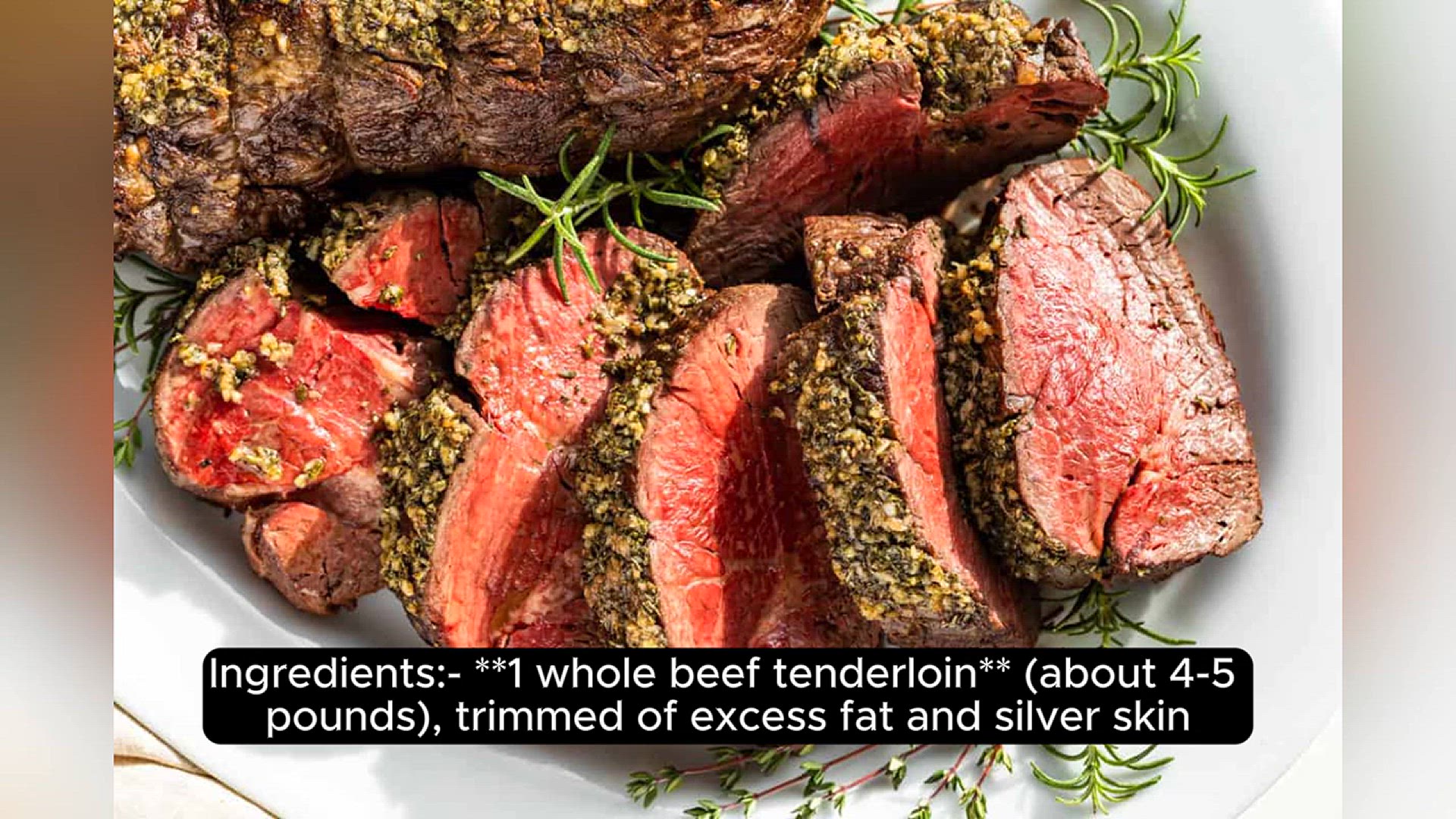
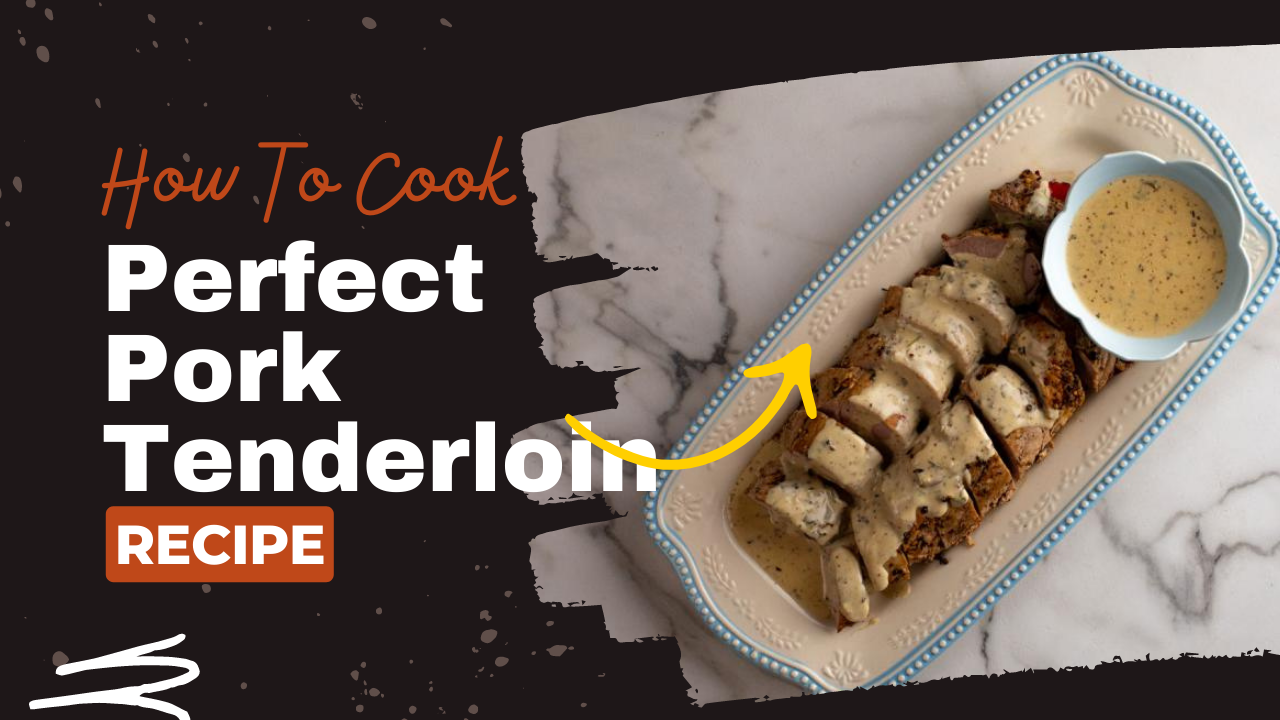
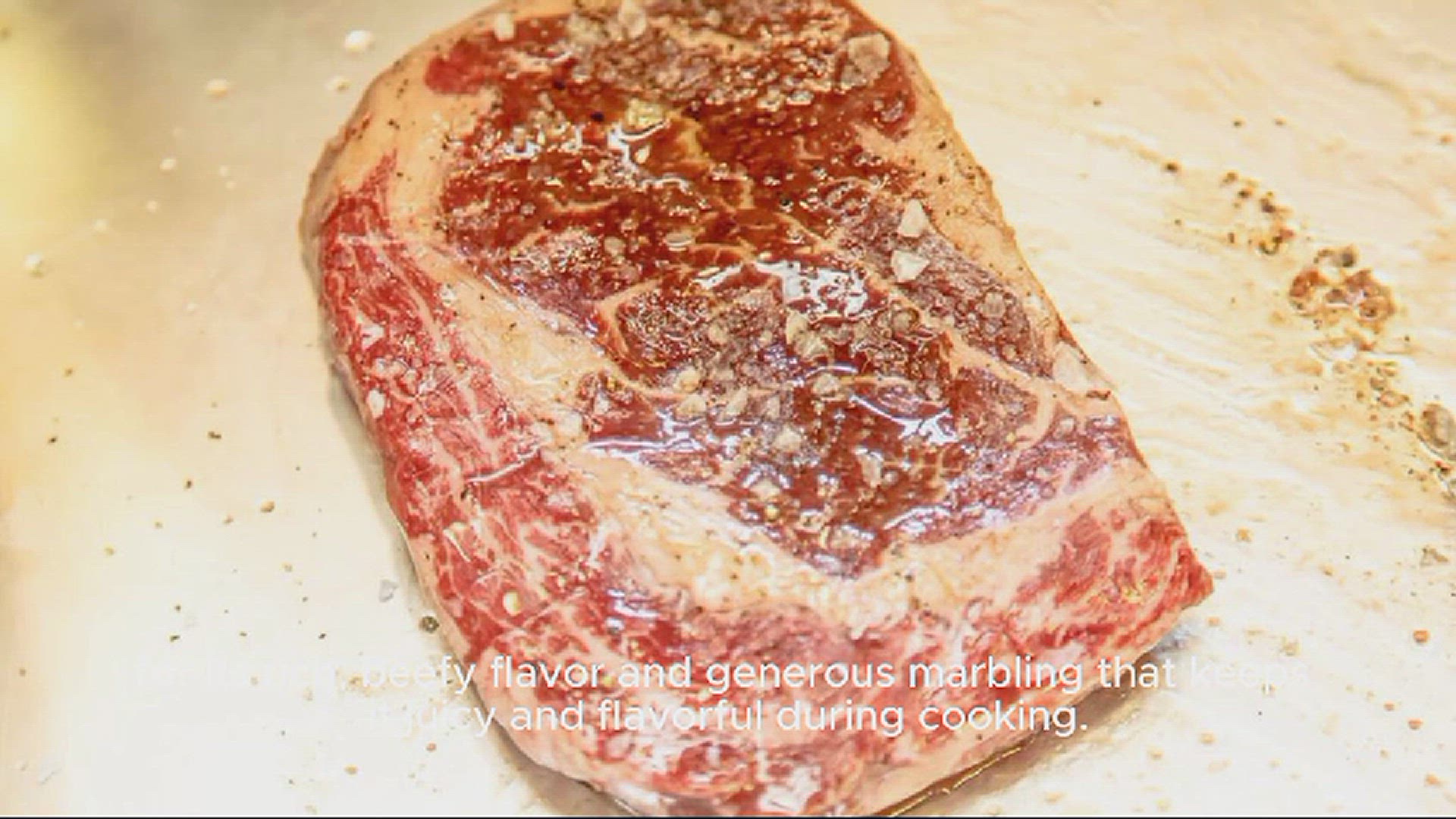
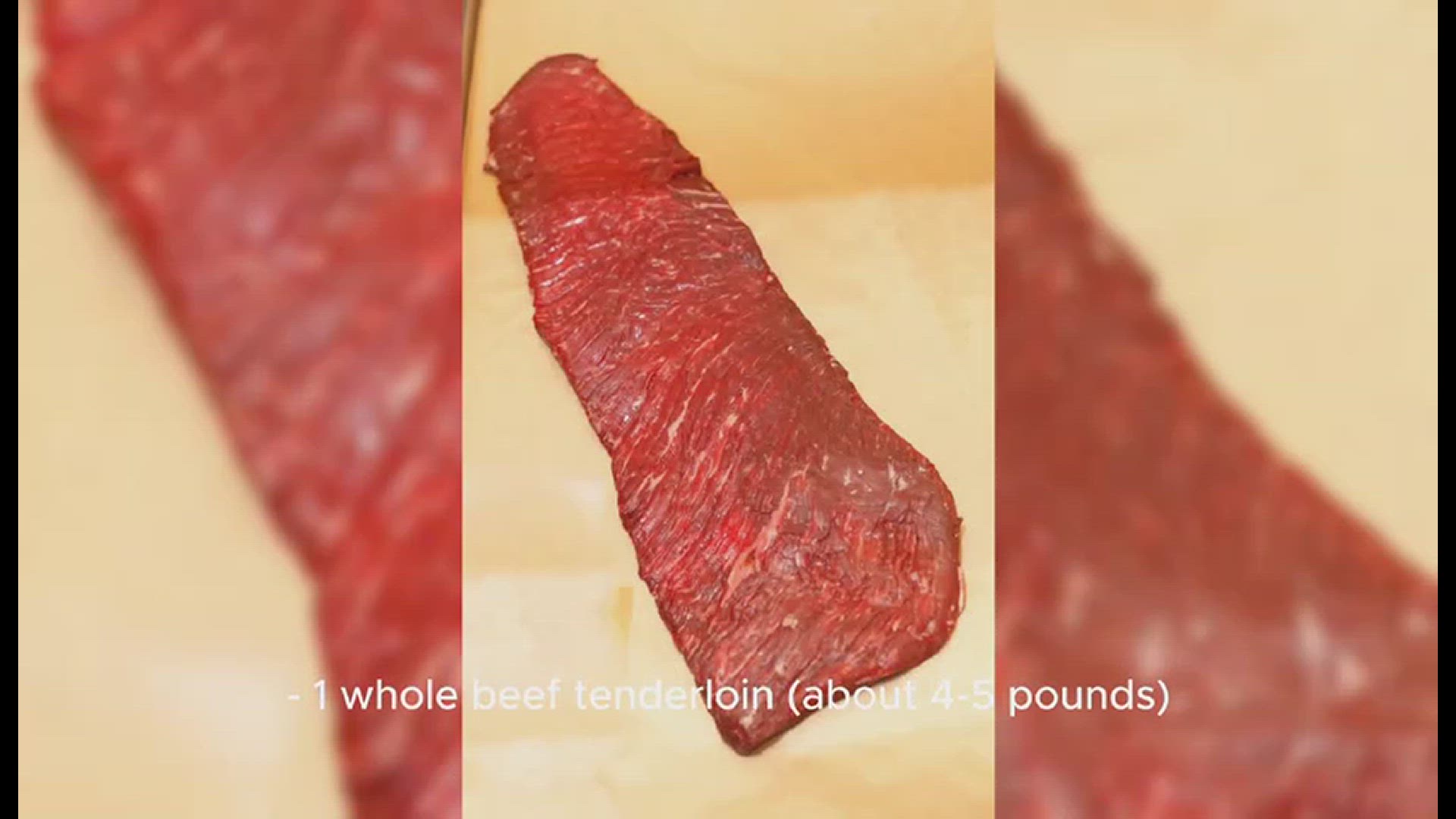
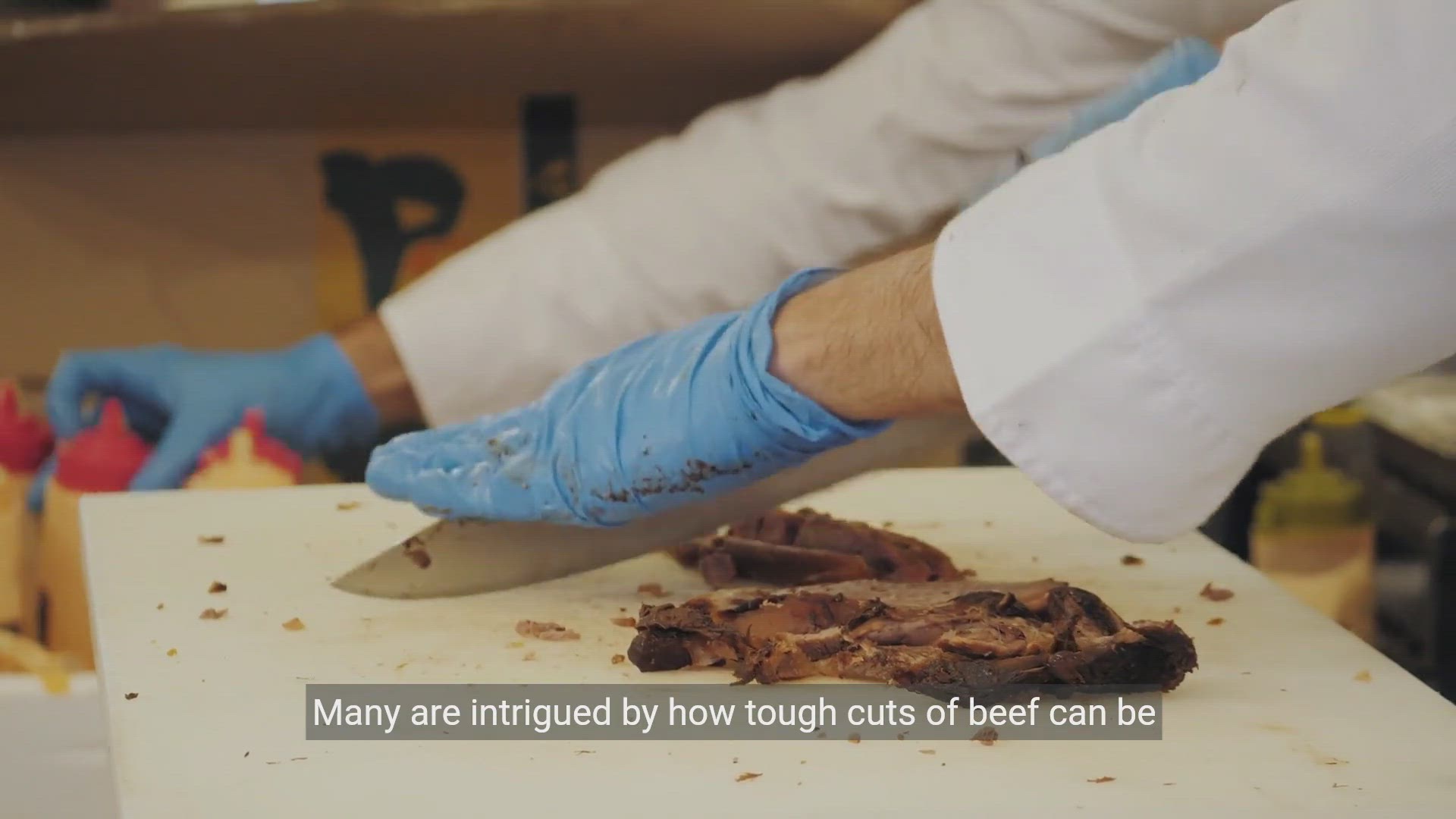

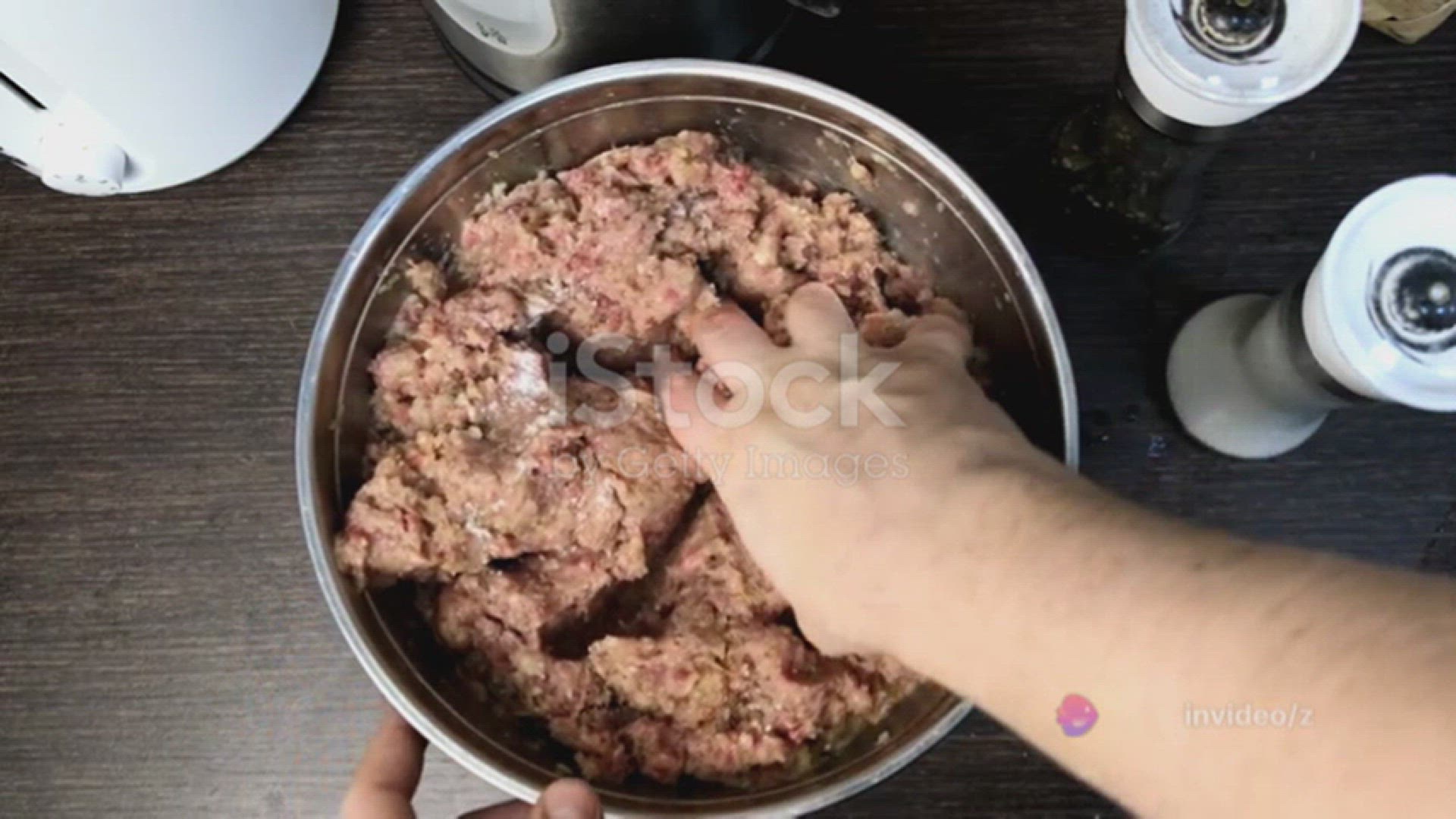
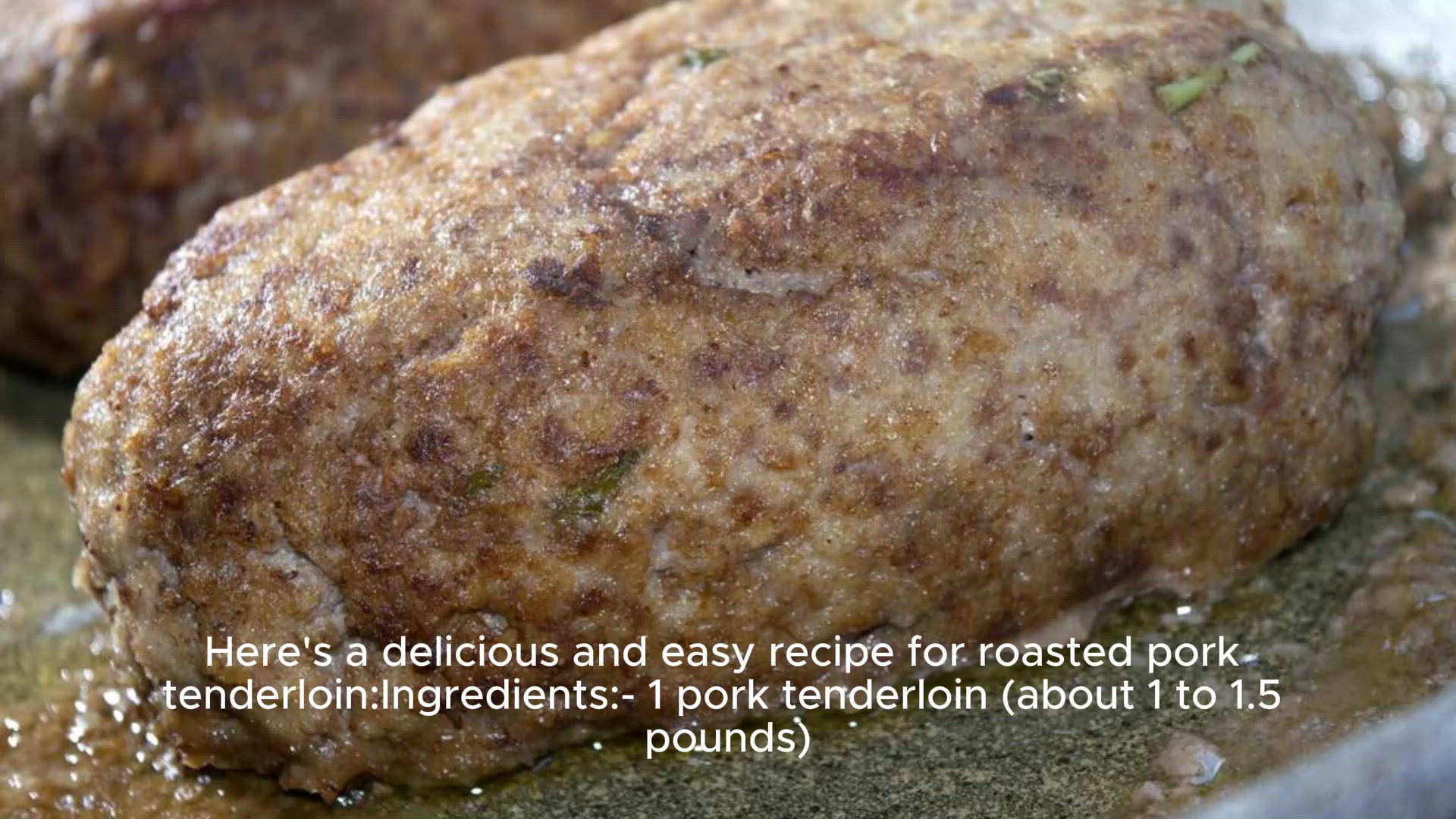

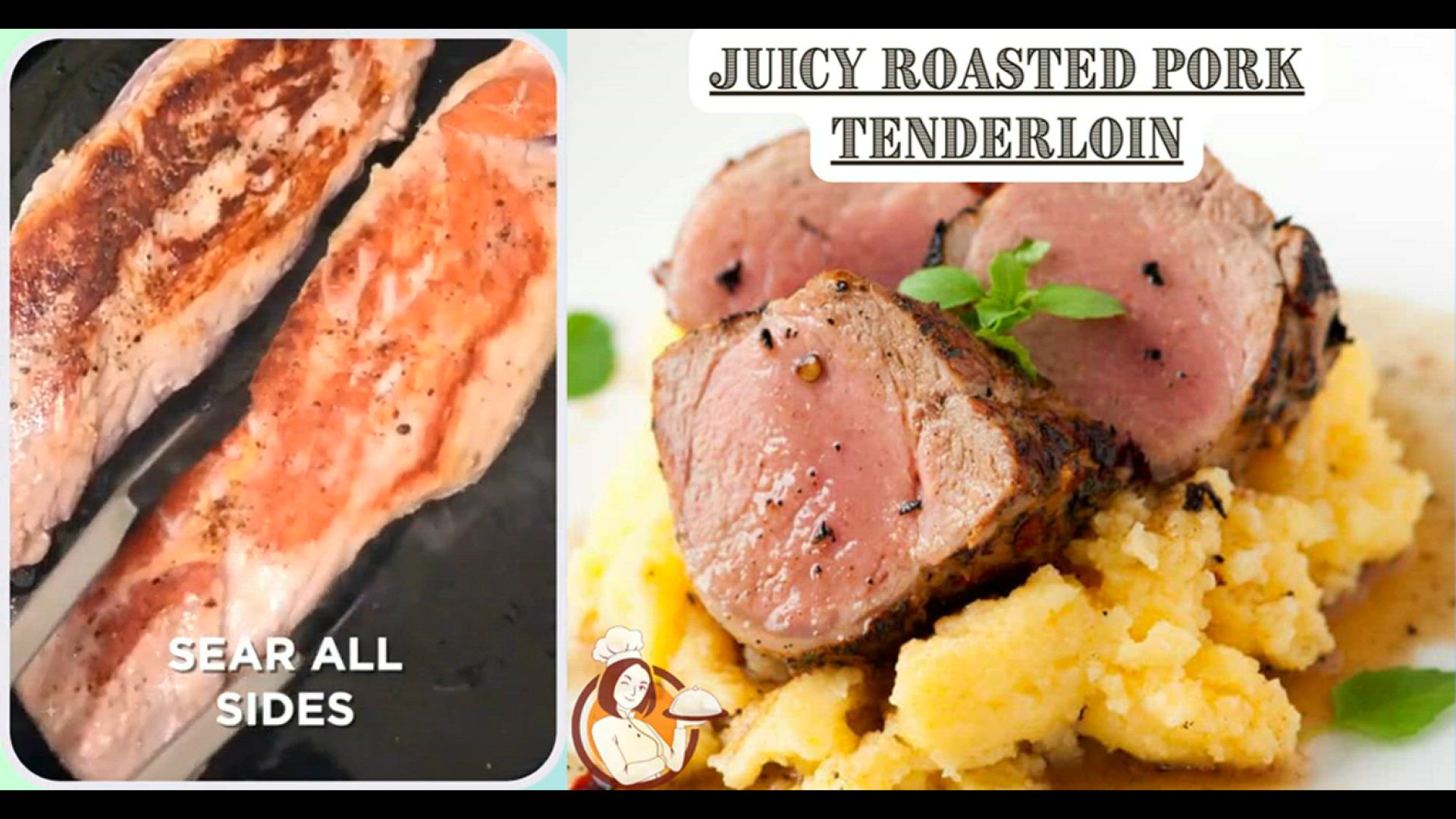

No comments:
Post a Comment